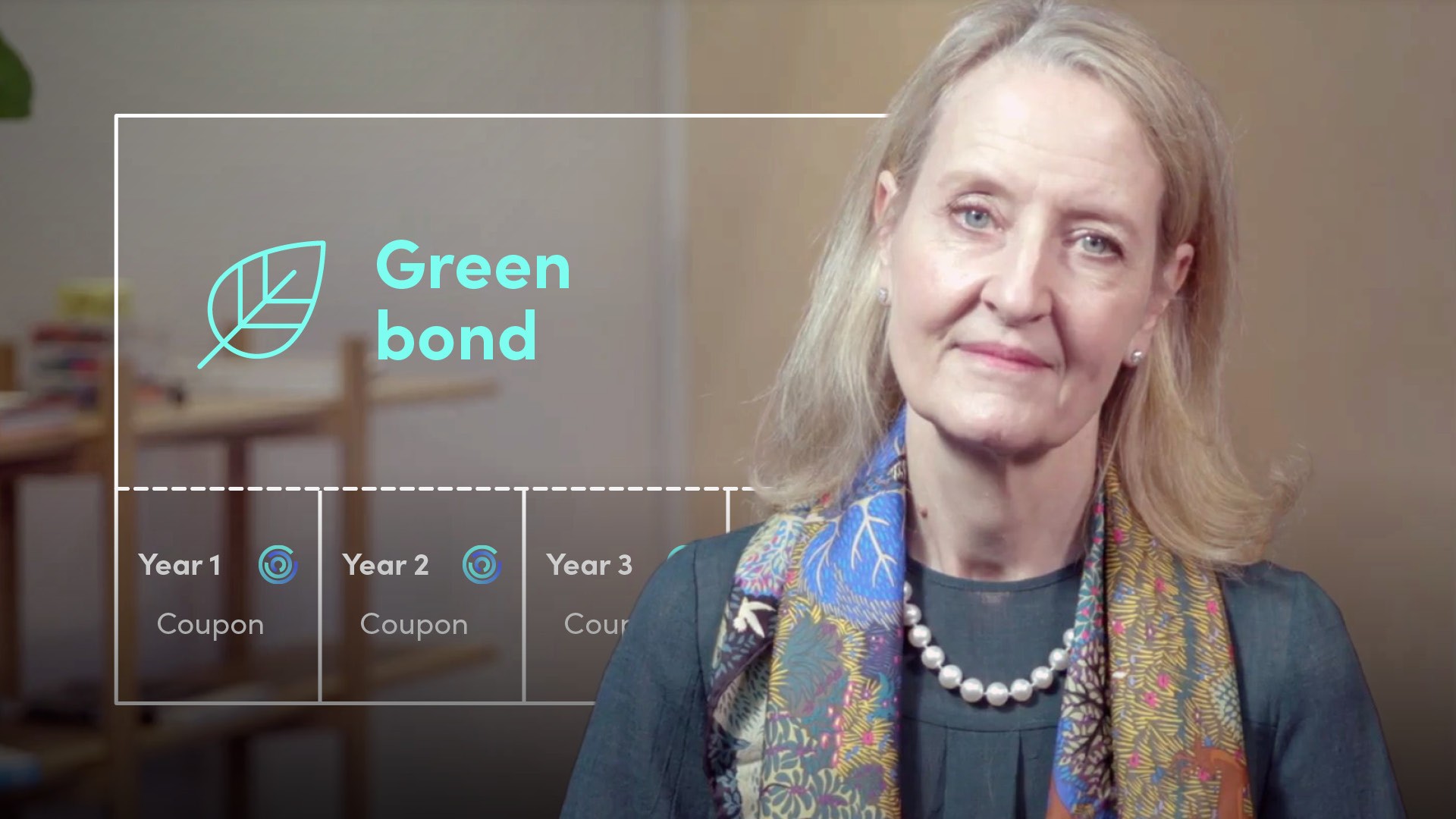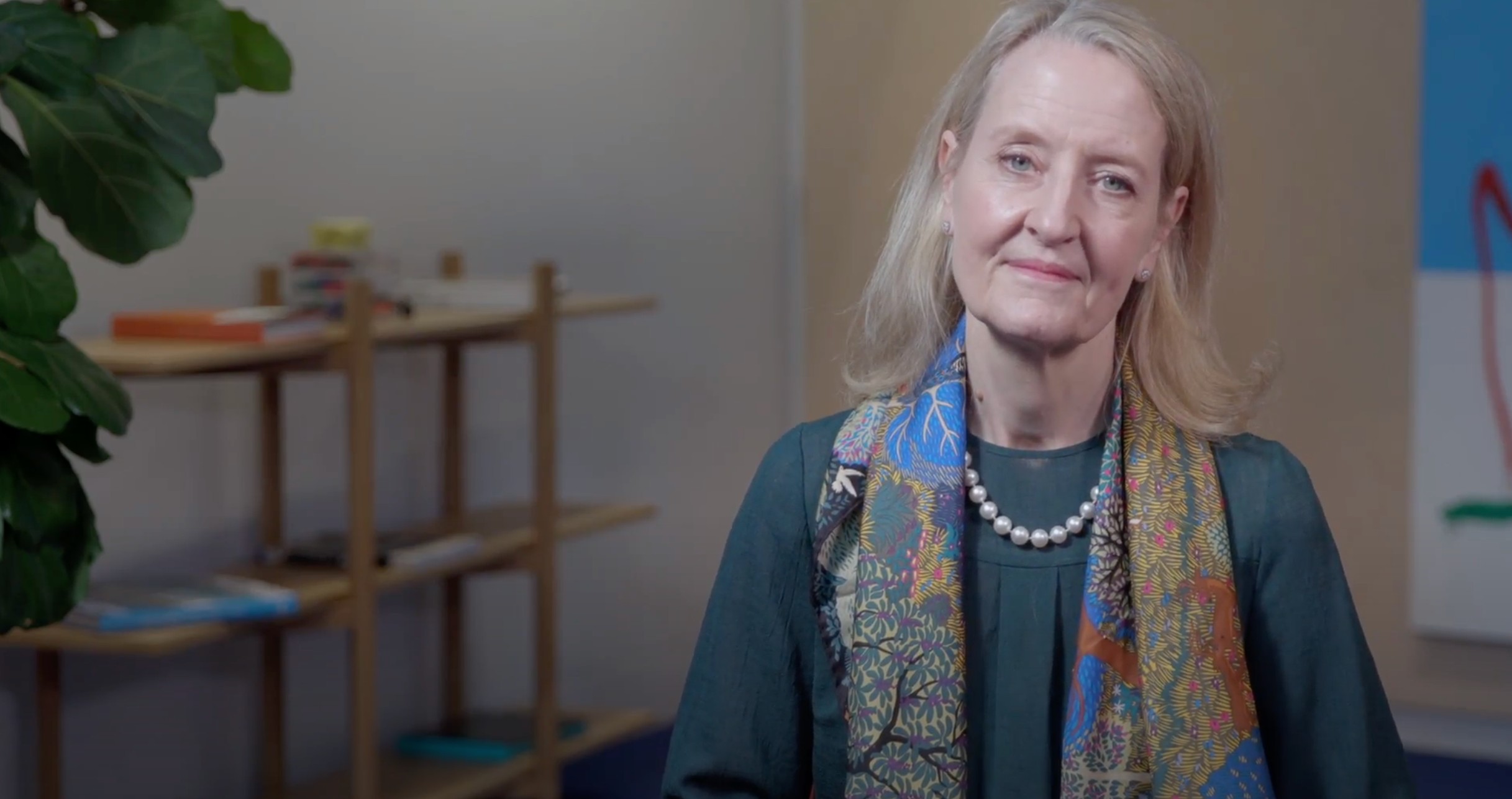
Green Bond Markets Background

Stephanie Sfakianos
35 years: Sustainable finance & banking
In this video, Stephanie talks about the background of sustainable finance, key milestones and the relationship between environmental, social and corporate governance (ESG) risks and financial risks.
In this video, Stephanie talks about the background of sustainable finance, key milestones and the relationship between environmental, social and corporate governance (ESG) risks and financial risks.
Subscribe to watch
Access this and all of the content on our platform by signing up for a 7-day free trial.

Green Bond Markets Background
11 mins 52 secs
Key learning objectives:
Outline the driving force for engagement with ESG matters
Learn the initiatives introduced in 2015 towards the sustainability agenda
Understand how different parties are becoming more involved in managing ESG
Identify some of the issues surrounding the new global agreements
Overview:
A whole host of regulatory initiatives are being introduced around the world, focused on risk and disclosure. This is making it increasingly hard to argue that ESG factors are simply ethical and moral matters that have no relevance to investment decisions.
Subscribe to watch
Access this and all of the content on our platform by signing up for a 7-day free trial.
How has CSR evolved?
- In 2012/2013, London’s CSR activities were done purely on a voluntary basis by people with a personal interest, alongside their day jobs
- Currently, it would be unusual for a large, international bank not to have teams dedicated to sustainable business, backed by KPIs which commit everyone from board level down to achieving tangible sustainability outcomes
What was the size of the green bond market in mid-2013?
The market was in its infancy; there was a modest amount of activity driven by the big supranationals such as the European Investment Bank and World Bank. Environmental, social and governance criteria were in the early days of influencing fixed income activity.
What was the driving force for the engagement with ESG matters?
The 2008 financial crisis:
- Became clear that comprehensively bad behaviour on Wall Street could infect Main Street
- In the aftermath, banks found themselves under enormous social and regulatory pressure to demonstrate that they are part of the solution and not just the problem
- Corporate Social Responsibility teams emerged, transformed, from the shadows, to take on a broadly based approach to sustainability that embraces and drives both the risk and the opportunity aspects of the business
Why was 2015 the watershed year for the sustainability agenda?
- The UN’s Sustainable Development Goals were published, giving a focus to the increasing unease about global inequality and giving the private sector some responsibility, and also a framework for thinking about the impacts of business on social and environmental metrics
- The Paris Climate talks led to an agreement by 195 countries to commit to a target of keeping global warming to no more than 2 degrees above pre-industrial levels, with strengthened commitments, to be reported every 5 years, aimed at keeping to a 1.5 degree limit
- In Sept 2015, Mark Carney made his famous speech about the tragedy of the horizon, making a clear link between climate change and financial stability.
- Under the auspices of the Financial Stability Board, the Task Force for Climate-Related Financial Disclosures (TCFD) was launched. The key recommendations of the TCFD are to require companies to disclose how climate risk is embedded into their governance, strategy and risk management processes
How is the TCFD disclosure process changing?
- At the moment, TCFD disclosure is very largely voluntary, however, in its Green Finance Strategy published in July 2019, the UK Government indicated that by 2022, all listed companies and large asset owners would have to disclose in line with the TCFD recommendations
- The TCFD reporting process has also been adopted by the UN Principles for Responsible Investment, and this is going to have a big impact on asset managers and asset owners. Signing up to the UN PRI, will place a much bigger burden on members, who are now under the threat of being delisted. This will act as a strong incentive to comply
How are different parties becoming more involved in managing ESG risk?
- The Central bank's “Network for Greening the Financial System” now has 42 members across 5 continents. Their policy statement talks of “climate risks as a source of financial risk which therefore falls within the mandates of central banks and supervisors” to build resilience into the system
- Climate stress tests are already on the agenda in the UK and at three securities regulators in Europe
- The UK pensions minister has written to pension schemes to request they submit the sections of their statement of investment principles that set out how they take account of financially material considerations arising from ESG factors
- A further coalition of 50 finance ministers is promoting climate action through fiscal policy and the use of public finance
- Credit rating agencies are coming under pressure, notably from the European Securities Regulator, to disclose how ESG factors impact their rating decisions
What are some of the issues surrounding the new global agreements?
- Governments and the multilateral sector simply don’t have the money or the means to tackle what many consider a climate emergency
- A way must be found to direct financial flows, of some $1 trillion per year for the foreseeable future, to green projects and activities - perhaps the private sector
- An environment needs to be created whereby finance encourages transition pathways from “brown” activities, while recognising that many countries and regions are economically dependent on i.e. coal mining, and that technology has not yet found a scalable alternative to some of the highest polluting industries such as cement, chemicals and transport
Subscribe to watch
Access this and all of the content on our platform by signing up for a 7-day free trial.

Stephanie Sfakianos
There are no available Videos from "Stephanie Sfakianos"





























